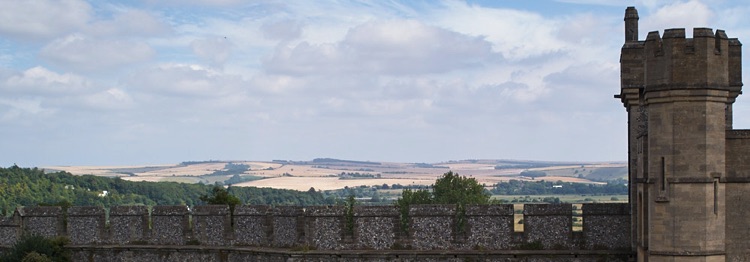1215
Year
The Battle of Lewes
Event
Precursor: The Treaty of Oxford
In June of 1258, King Henry III called a parliament in Oxford to resolve differences between the king and the barons. The barons argued that the King was bound allow the rights granted to the people of England through the Magna Carta. The kings preferred to retain royal authority in all matters, but reluctantly swore an oath to uphold the liberties described in the Magna Carta.
1264, The Battle of Lewes
By 1263, the king had rescinded his oath and returned to his old autocratic ways. Simon deMontfort, Earl of Leicester raised and army to fight the king. The forces met on the northwest outskirts of Lewes on Plumpton Plain.
The king had the larger army and amongst his commanders were Prince Edward, later Edward I and John de Warrene, Earl of Surrey and lord of Lewes Castle. Initially in the battle, Prince Edward routed one flank of the barons army, but pursued his foes too far from the battlefield. Without the support of Edward’s cavalry, de Montfort was able to defeat the kings forces and capture the king and his brother. The monks of Lewes priory cared for many of the wounded and recorded that at least 2,700 men died in the battle.
In a negotiated truce, the king agreed to the barons demands and recognized the rights granted earlier by King John. In return, the king, his brother and son are released by the barons.
Aftermath: The Battle of Evesham
The king, not entirely a sporting loser, engaged deMonfort a year later at the battle of Evesham. DeMontfort was heavily outnumbered and his forces were routed by the royal army. DeMonfort himself died in the battle and his body was dismembered by the victors.

Sussex Timeline


